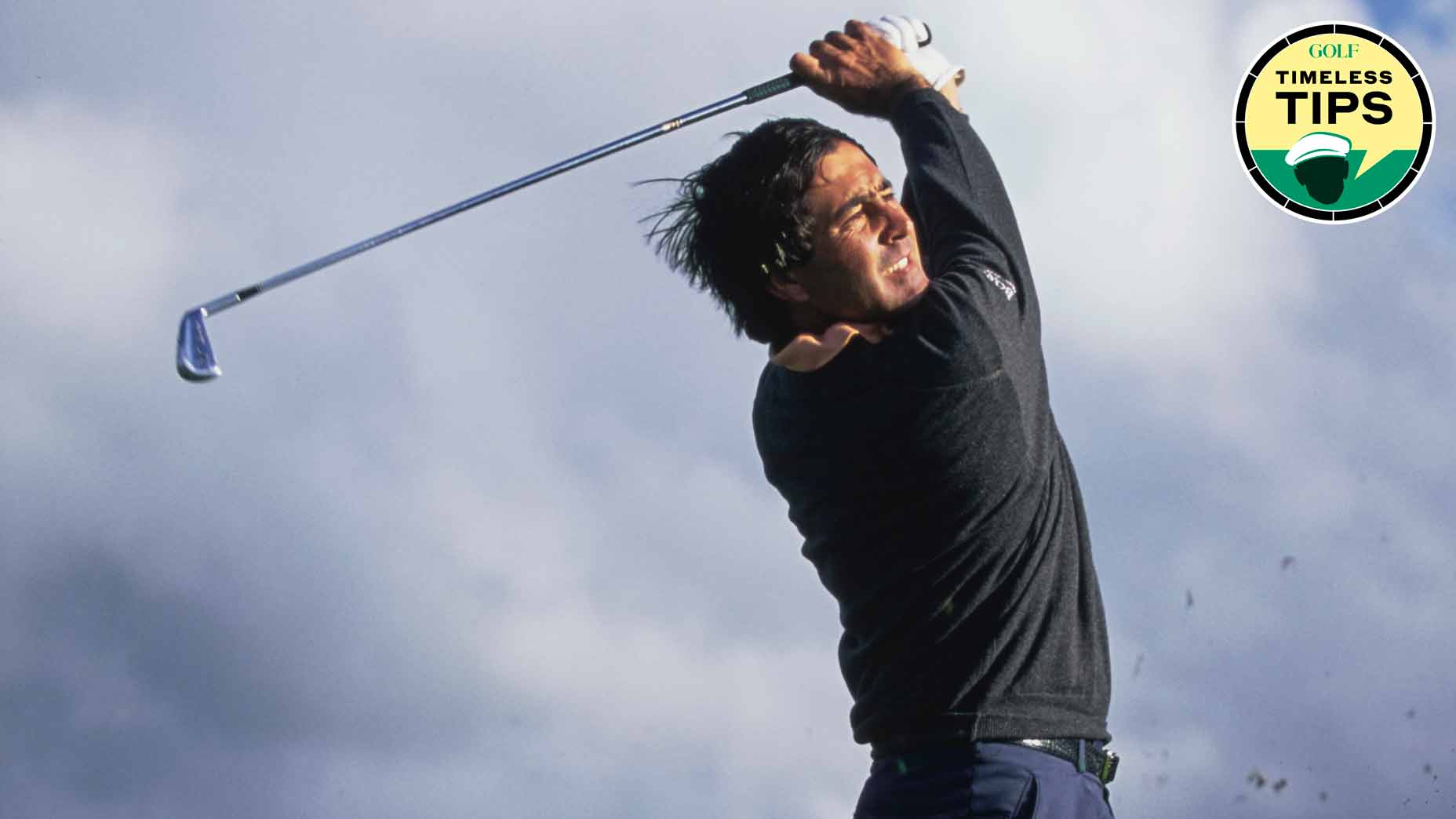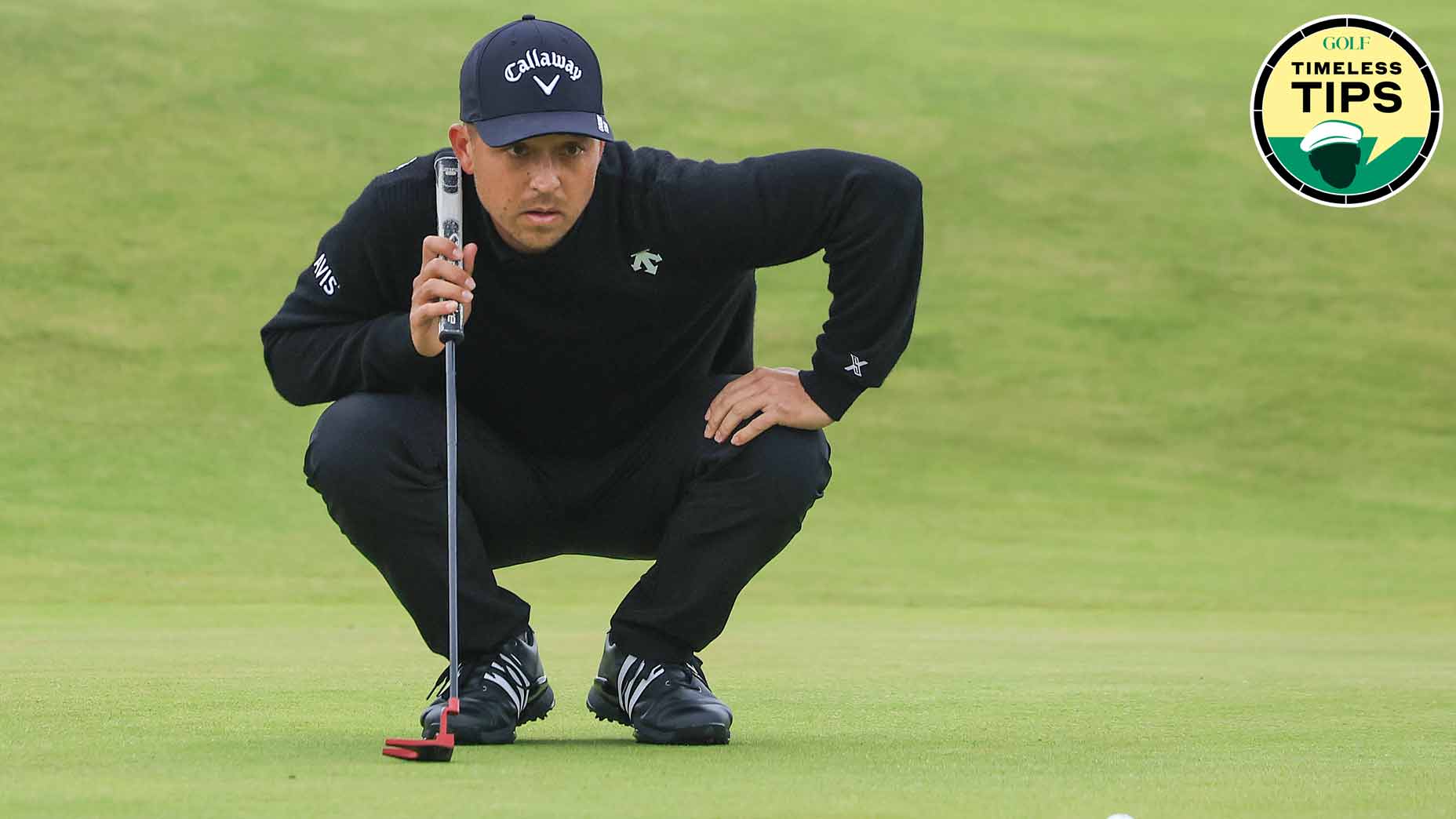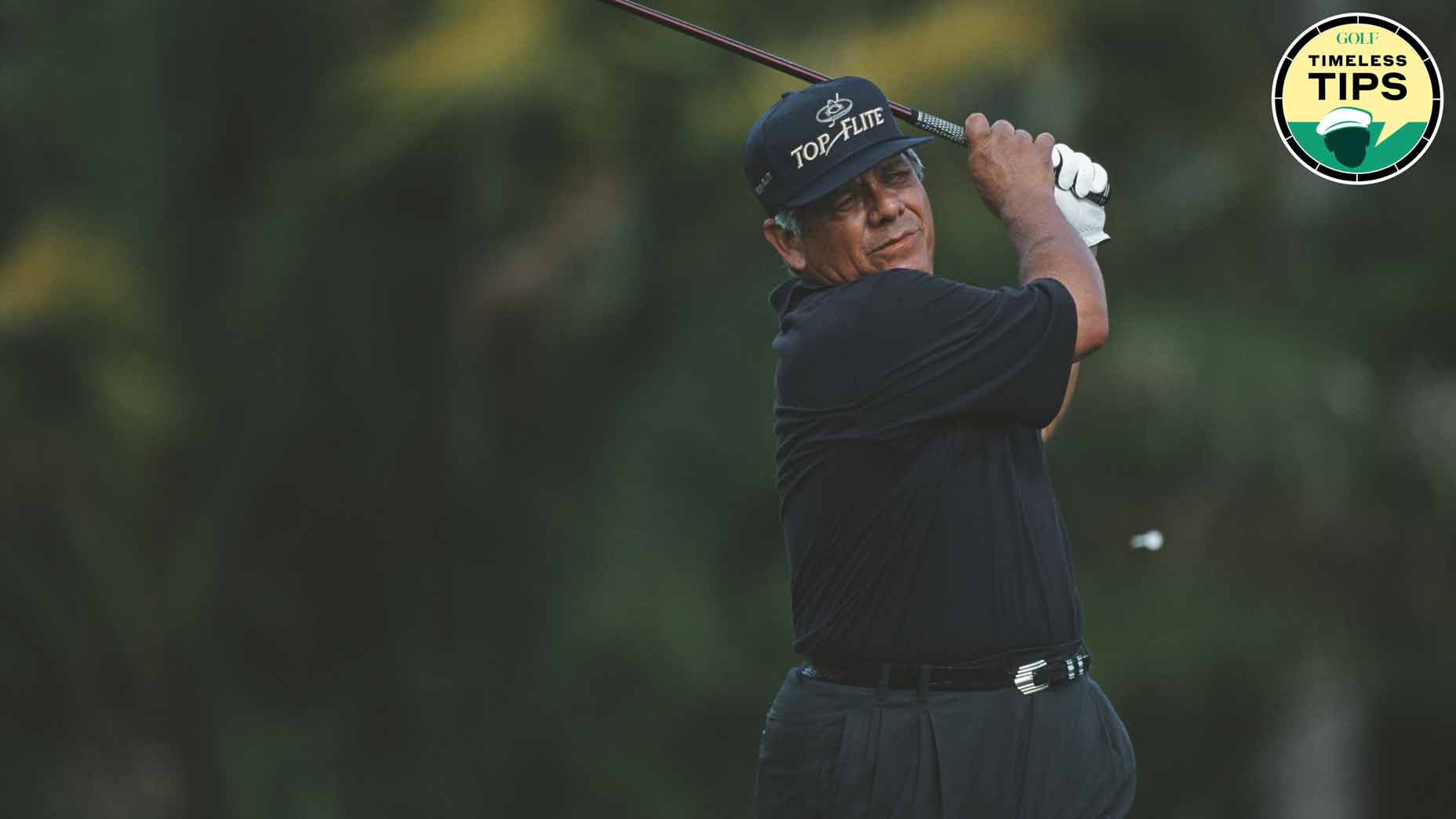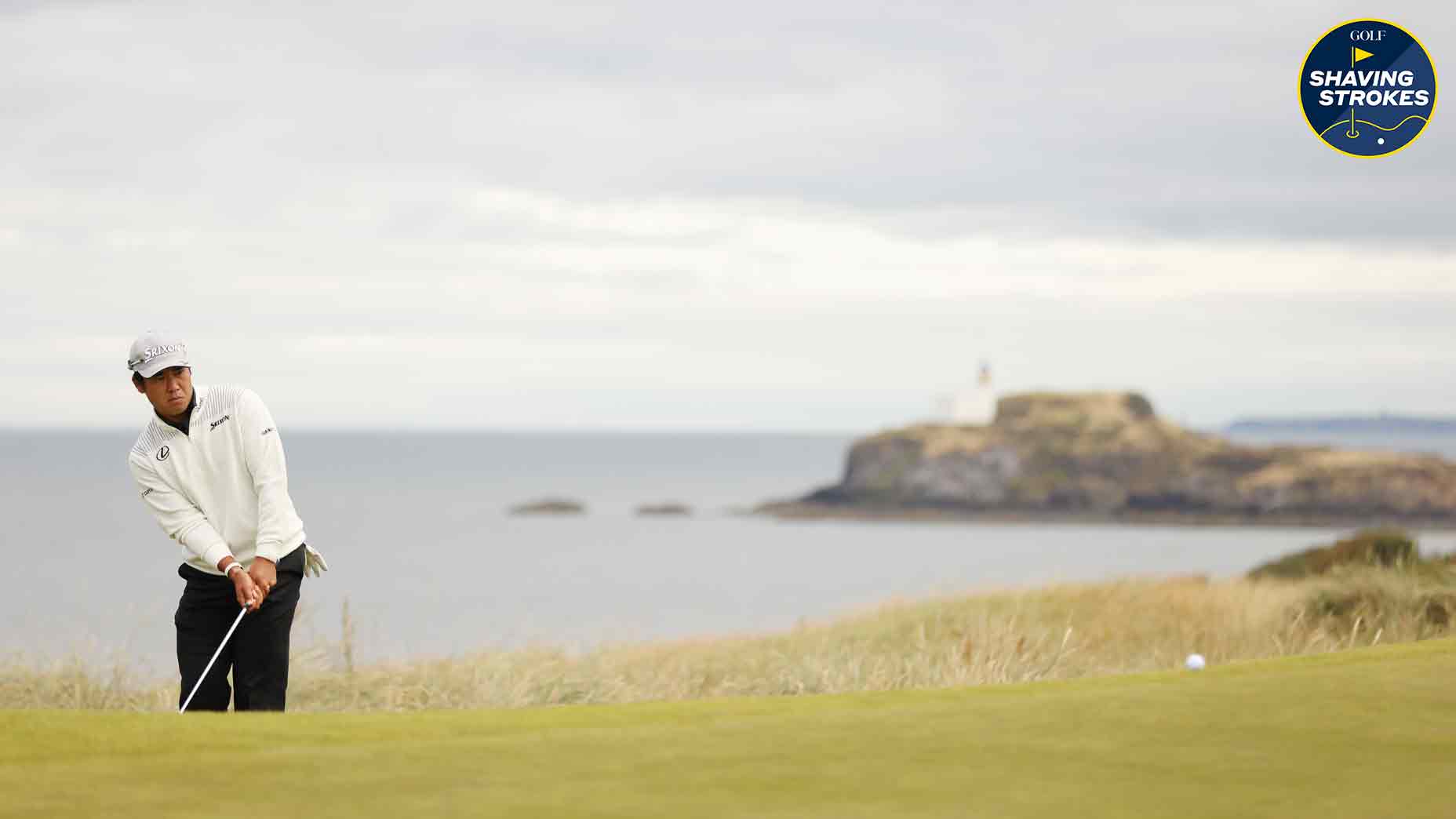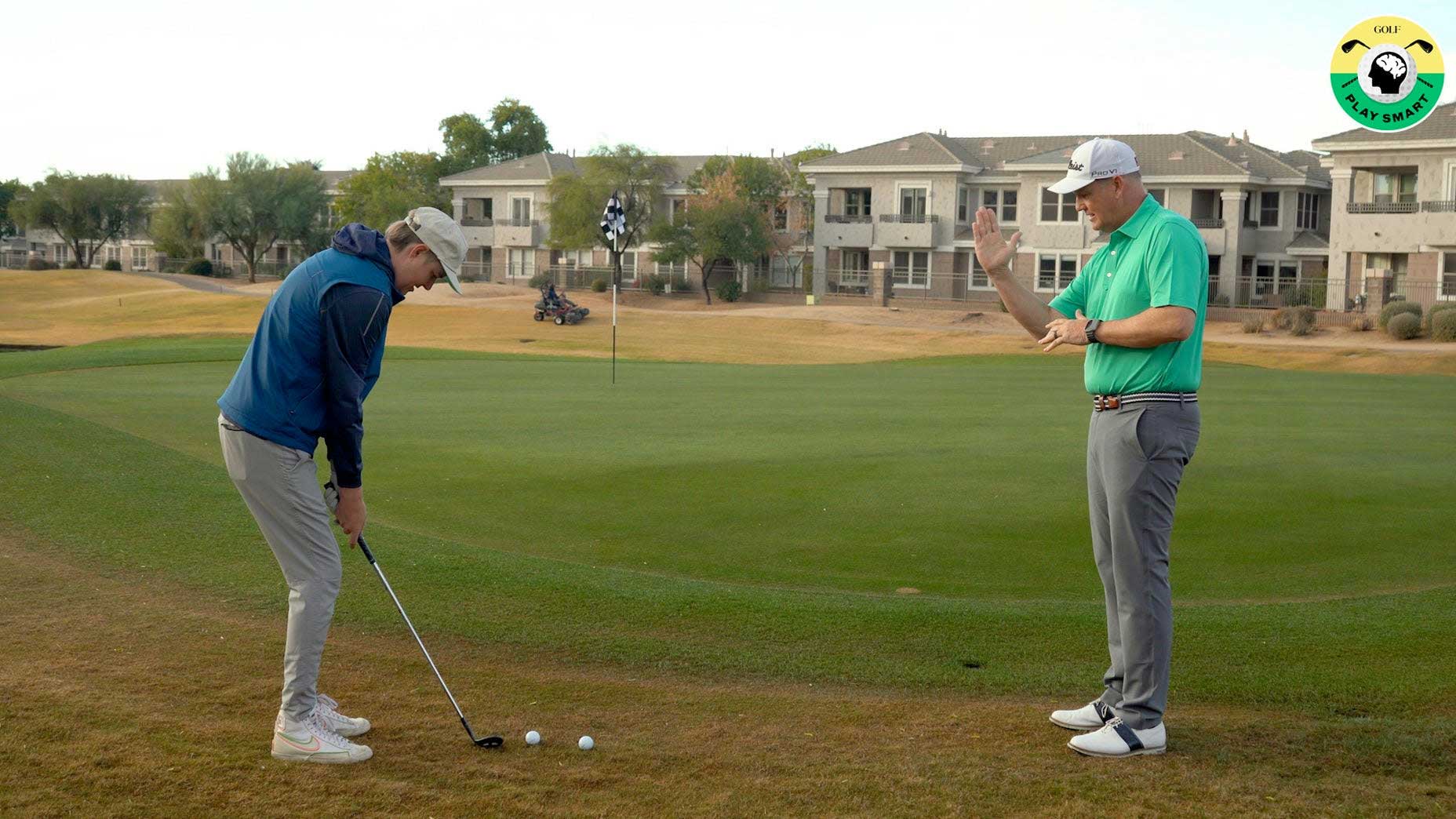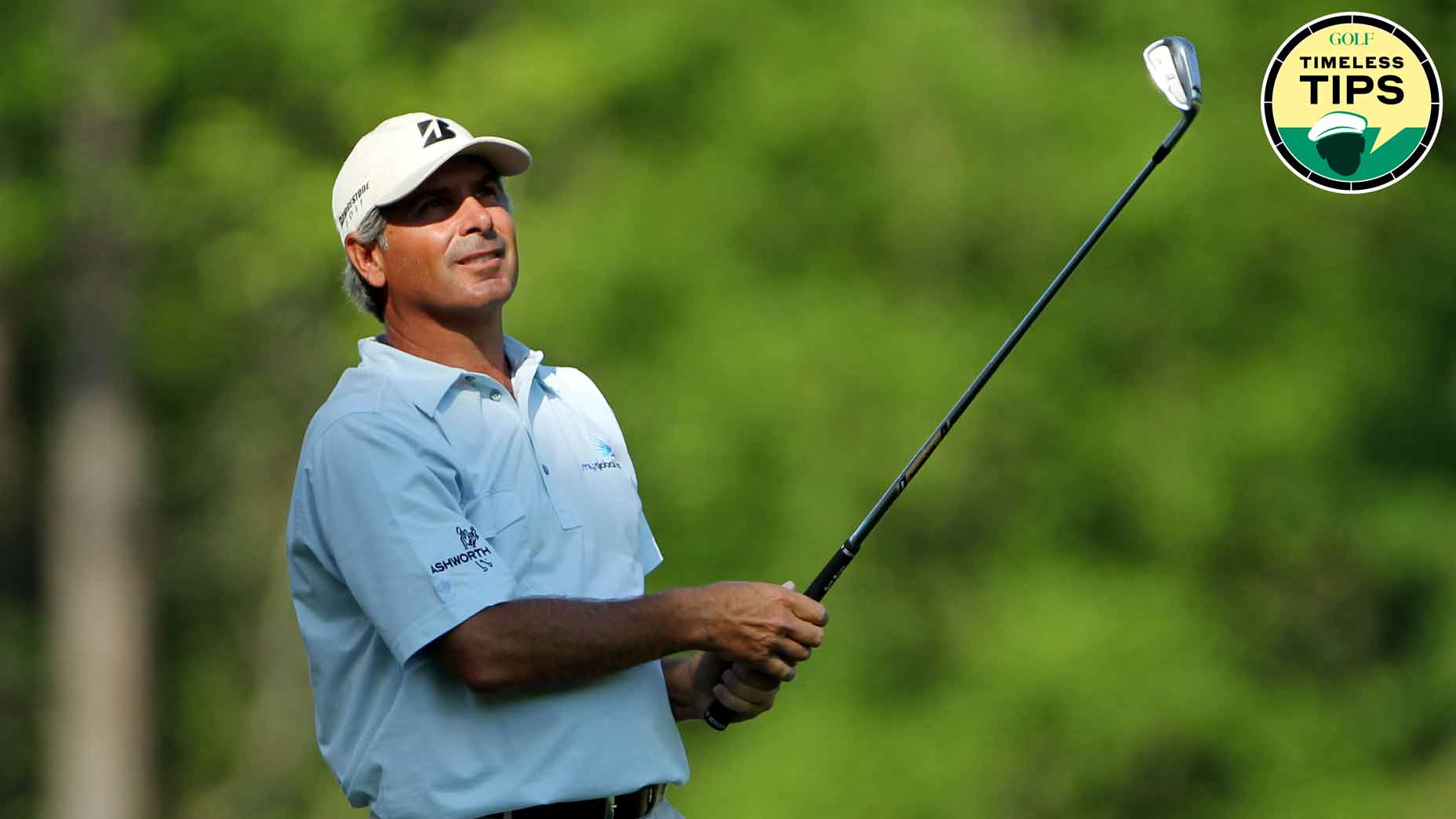Learn Seve Ballesteros’ 3 clutch shots to work magic around the greens
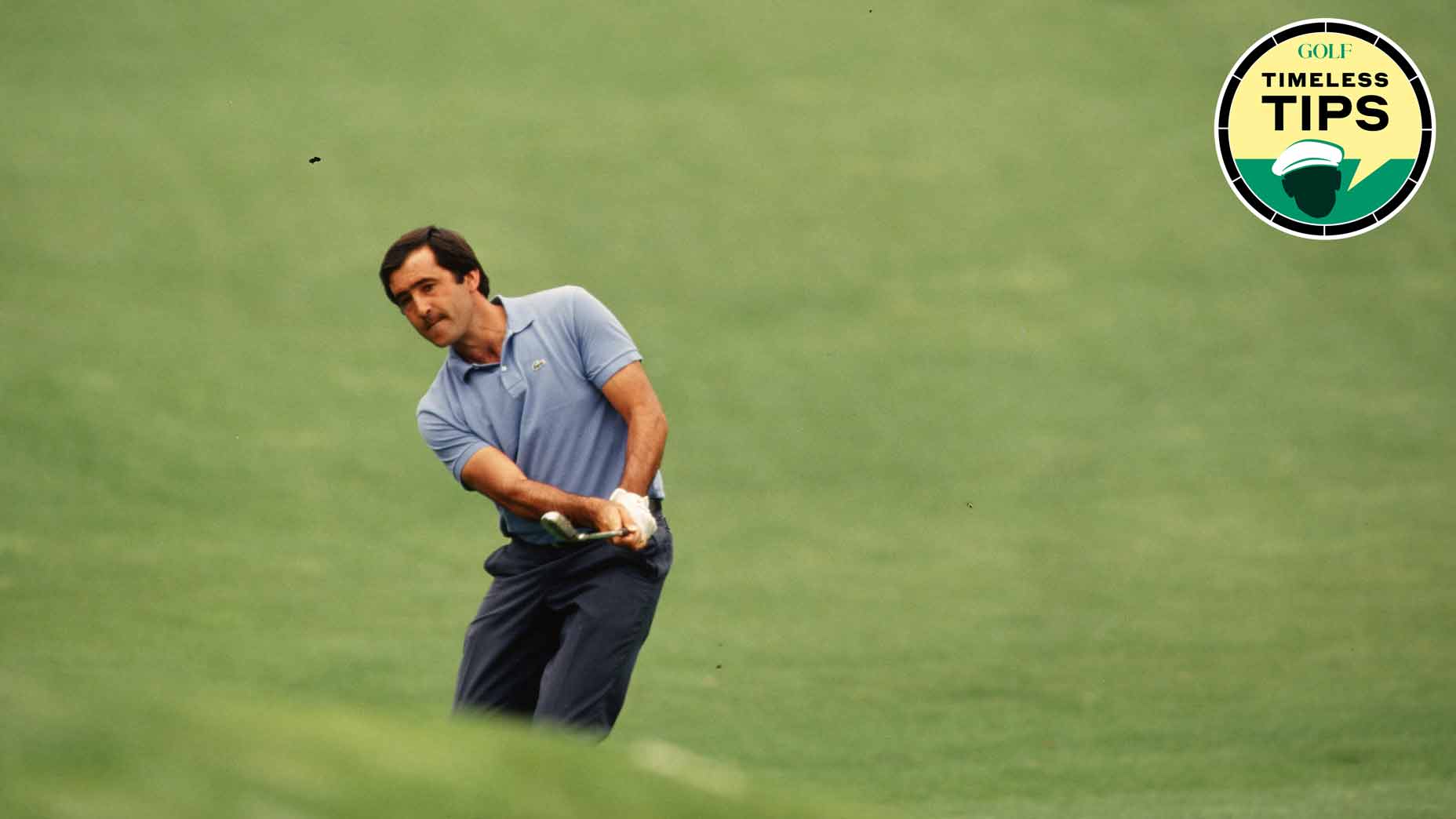
Seve Ballesteros was a wizard around the greens.
Getty Images
Golf instruction is ever-evolving, but the best advice stands the test of time. In GOLF.com’s new series, Timeless Tips, we’re highlighting some of the greatest advice teachers and players have dispensed in the pages of GOLF Magazine. Today we revisit Seve Ballesteros’ three clutch shots around the greens from our January 1986 issue. For unlimited access to the full GOLF Magazine digital archive, join InsideGOLF today; you’ll enjoy $140 of value for only $39.99/year.
There are few players in the history of golf with the imagination around the greens of Seve Ballesteros. No matter what the situation, he seemed to have a shot to get the ball close. And oftentimes, he saved par, too.
Part of the reason he had so much success from off the greens was his willingness to be unconventional. There’s always a time and place for standard shots, but sometimes saving par requires you to hit some shots that are outside-the-box. No one was better at executing these than Ballesteros.
Cataloging all of the specialty shots Ballesteros used throughout his career would require enough words to fill a book. However, during his playing prime, he penned a column for GOLF Magazine outlining three clutch shots he used around the greens. You can check them out below.
Seve’s 3 clutch shots
I wasn’t born with the imagination to invent shots or the talent to get the ball up and down from tough greenside lies. I developed the skill to hit clutch shots by the process of trial-and-error, which meant hours of practice and dedication.
You should do the same: Throw down a few balls around the practice green and go to work. The trouble is, most golfers don’t want to devote time to their short games. But if you want to cut strokes off your score, there’s no other way.
Here are three shots that I’ve used in my major-championship triumphs. Study them and practice. I promise you, they’ll come in handy nearly every round you play.
1. Pop from the long rough
Now you’re in the thick rough around the green and the grass is falling toward you, making it that much harder to get the clubhead through. The pop shot is especially helpful when there’s only a little green to work with.
Using your sand wedge, take an open stance. Play the ball off your right heel and angle the clubface depending on the distance to the hole and how quickly you have to stop the ball. Close the face for more distance; open it when you’re close and the ball has to drop and stop in a hurry.
Swing the club up on a steep angle but don’t cock the wrists. Make a sharp descending blow, pulling the club into the back of the ball.
Swing through with firm wrists and drive the clubface along the target line. The ball will pop out of the high grass and land softly on the green.
There are two keys to this shot: Maintain a steady rhythm and don’t be afraid to accelerate the club through impact.
2. Blast from a divot
Few spots on the course cause as much fear as a divot hole. It’s even scarier when you’ve landed in one and a hazard sits between you and the pin. Before even thinking about technique, relax.
With the ball played back in your stance, set your feet, hips and shoulders left of the target line. The open stance gives you a clear picture of the hole and lets you swing the hands and arms freely back and through.
Take the sand wedge, choke down on the grip and lay the face wide open. Let your wrists cock early in the takeaway and swing the club up to the half-way position.
Activate your knees to start the downswing. Bring the club down with your hands and arms, faster than normal and, just like a sand shot, hit the ground about an inch behind the ball.
To determine how hard to hit the ball, double the distance. For example, if the shot is 20 yards, pretend it is 40.
3. Low runner
Faced with a 20-yard shot from the fairway to a pin cut on the top tier of a green, most golfers reach for a sand wedge. Even when there’s no hazard to carry, they still take a club that will get the ball high in the air.
There is another way to get close to the stick and down in one putt: Hit a 7-iron run-up shot.
Take a narrow, open stance, and play the ball midway between your feet. Bend over a little more than normal from the waist. This will prevent you from swinging the club too far inside the target line.
In the backswing, swing your hands up to knee height, keeping the wrists firm. In the downswing, keep your head steady and try to straighten both arms, encouraging clean clubface-to-ball contact.
The ball will fly on a low trajectory and land in the middle of the green. Practice will tell you how hard you have to hit the ball to get within one-putt range.


